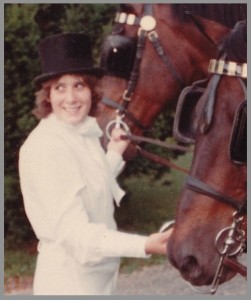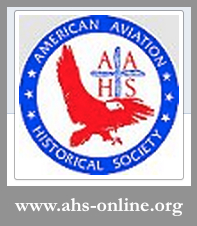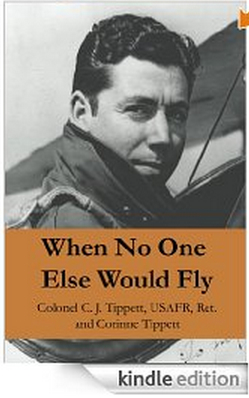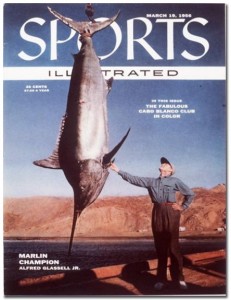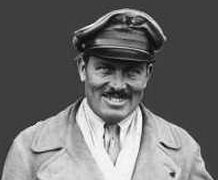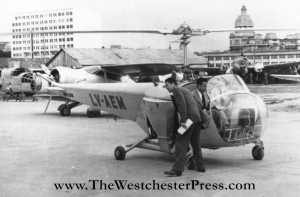
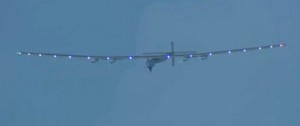 The Solar Impulse – on the longest nonstop leg of its Round-The-World attempt has now broken the record for both longest solo flight and longest SOLAR flight (by time). André Borschberg and the Swiss team are attempting to set the record for circling the globe without using a single drop of fuel.
The Solar Impulse – on the longest nonstop leg of its Round-The-World attempt has now broken the record for both longest solo flight and longest SOLAR flight (by time). André Borschberg and the Swiss team are attempting to set the record for circling the globe without using a single drop of fuel.
None.
No gas.
Not only from Japan to Hawaii – that’s the hardest, longest, most dangerous part.
But around the world.
The first-in-flight record books are filled with points-on-a-graph success stories all heading toward one goal… flight without limitations of time or distance.
Flying like a bird is not enough for mankind, we must fly like the wind.
Without polluting it.
Charles Lindbergh’s transatlantic flight is the most famous of the record setters. He flew solo nonstop across the Atlantic Ocean in 1927.
But before that was the first round-the-world flight in 1924. Not nonstop, not solo. It was four biplanes under the command of Major Martin. That record was broken seven years later by Wiley Post who flew it solo, in a Lockeed Vega.
In 1949 came the first nonstop round-the-world flight, in a B-50A Superfortress built by Boeing. Eight years later in 1957, three Boeing B-52 bombers topped that record by flying round-the-world nonstop by jet engine.
With round-the-world and nonstop accomplished, many years went by without a technological record-breaking advance in aviation. Not until after the 1970s and the energy crisis. Then the race turned to fuel efficiency.
In 1986, Rutan and Yeager flew round-the-world, nonstop, without refueling. The plane was the Voyager – and a whole new technology.
Naturally, the next record had to be round-the-world, nonstop, without refueling, solo. That was set in 2005 by Steve Fossett with the Virgin Atlantic Global Flyer.
The team behind the Solar Impulse is blowing the record book sky high now. Forget “without refueling”… they are going for “without fuel” in their round-the-world flight.
And in this leg, claiming longest nonstop solo – even aside from without fuel.
Congratulations Solar Impulse. Those of us sitting under skies changed by global warming cheer you on.

